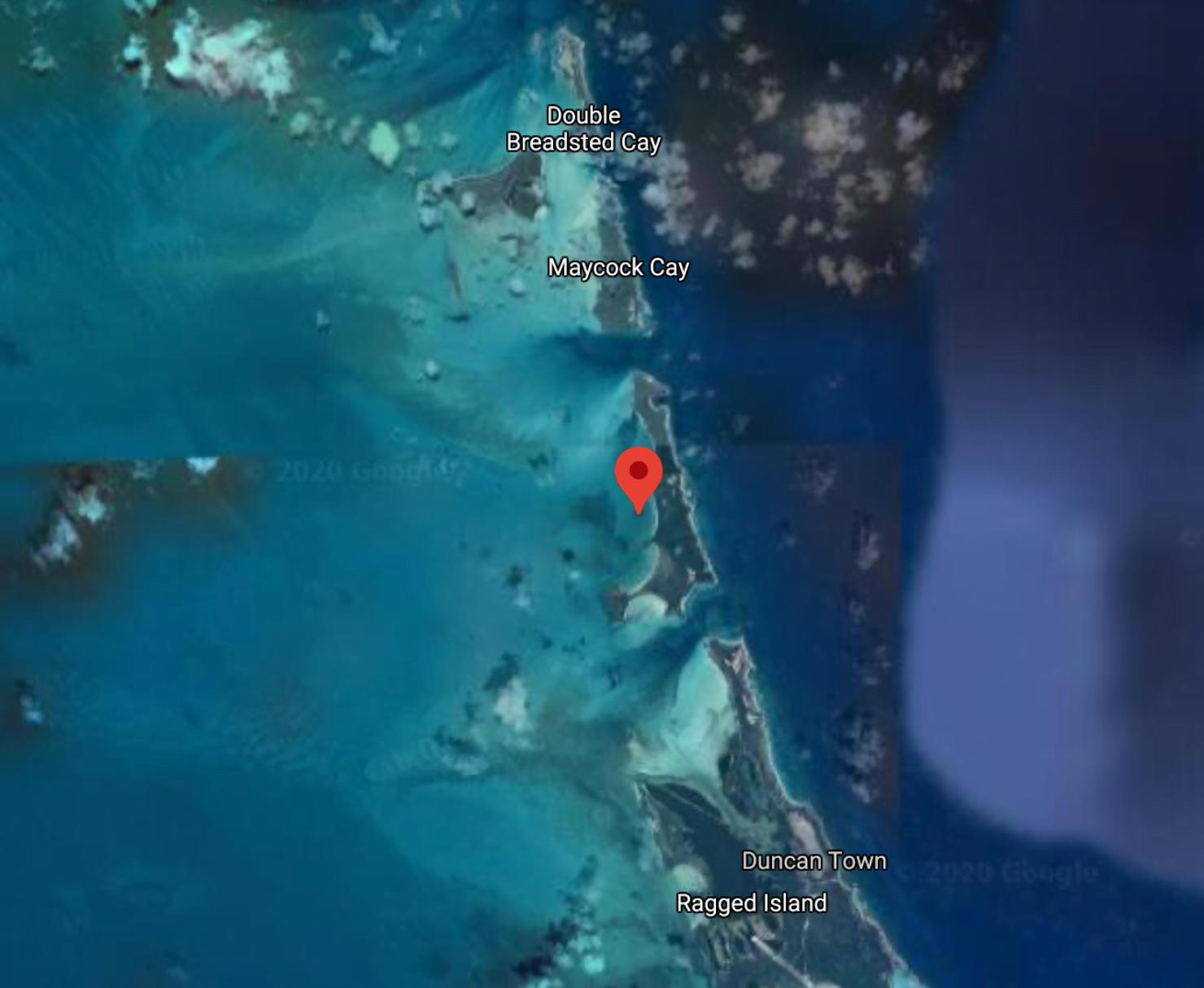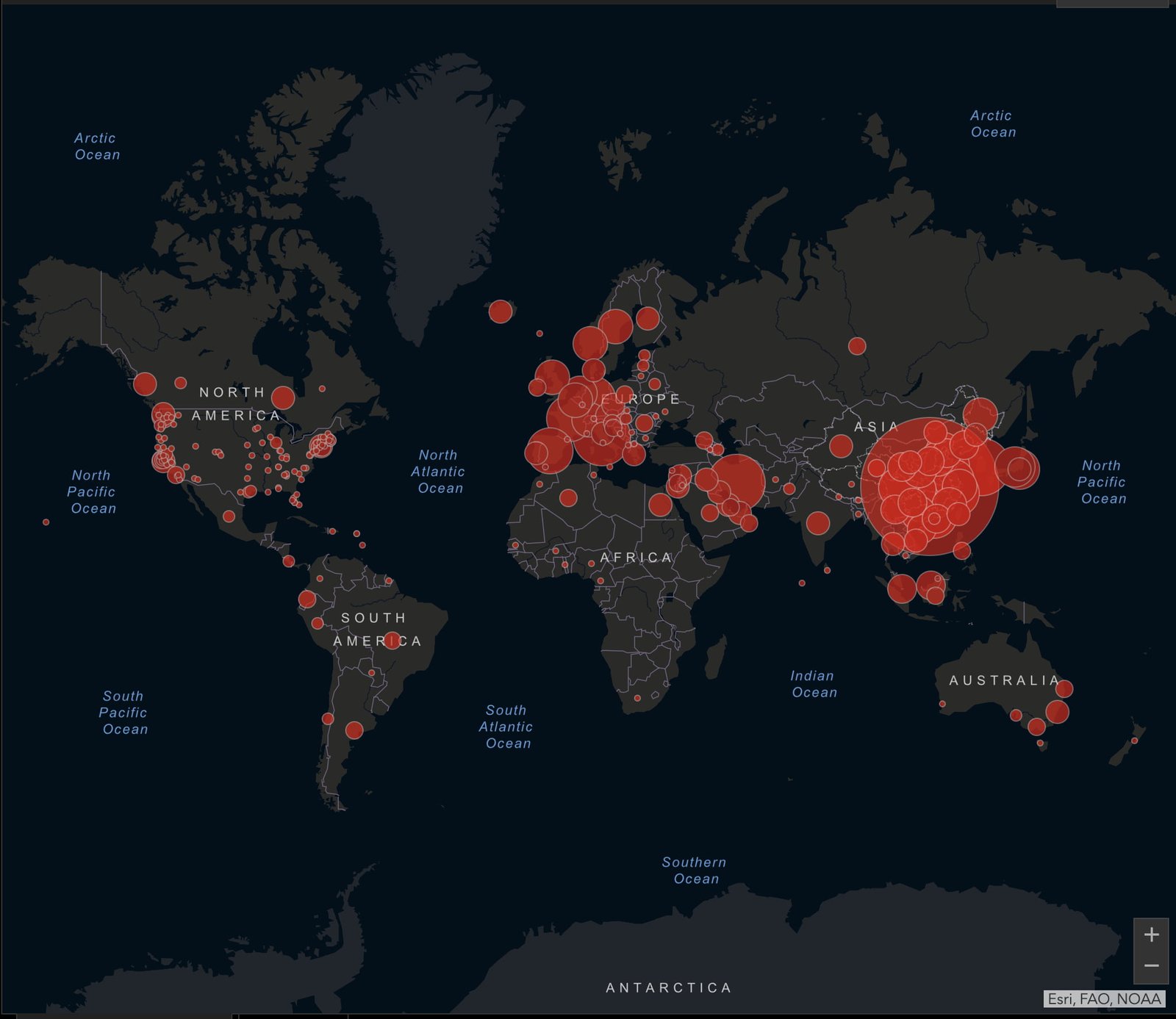HIV home testing coming soon
NASSAU, BAHAMAS — There was a 55 percent decrease in AIDS/HIV testing in The Bahamas in 2020, due to the COVID-19 pandemic, said Director of the National HIV/AIDS and Infectious Disease Programme Dr Nikkiah Forbes on Wednesday.
Forbes advised that by the end of 2020, there were 4,700 people living with HIV in The Bahamas.
“There’s been a 53 percent decline in new infections in the last 10 years — 2010 to 2019 — and AIDs deaths are also down by a similar amount, by 52 percent that same time frame,” she noted.
She explained that there have been no cases of mother-to-baby transmission of HIV in 2020, 2019 and 2015, but noted there were single-digit cases in other years.
The good thing was treatment did not decline significantly. We were able to keep just about the same number of people on treatment.
– Dr. Nikkiah Forbes
“One or two babies are still, sadly, born with HIV because their mothers may not come and get antenatal care early or because they’re not on antiretroviral therapy or opt not to take antiretroviral therapy,” she said.

Asked whether the COVID-19 pandemic had an impact on the decrease in infections, Forbes said while HIV treatment and care were still provided throughout the lockdowns and offices and clinics stayed open, testing declined.
“The good thing was treatment did not decline significantly. We were able to keep just about the same number of people on treatment but testing did decline by 55 percent in the year 2020,” she said.
She said they are in the process of expanding testing, along with free testing opportunities.
Every year, on December 1, the world commemorates World AIDS Day, with people around the world uniting to show support for those living with and affected by HIV and those who lost their battles with the disease.
Forbes noted: “When we look at the treatment coverage, we have had an increase in HIV medicine treatment coverage from 2013 by 33 percent. Unfortunately, this still means we have a long way to go.
“Sixty-three percent of people living with HIV were on antiretroviral therapy and 72 percent of those achieved a gold standard of care called an undetectable viral load.”
She said though many countries fell short of the global target of 90-90-90 by 2020, that goal has to be reassessed and gaps have to be closed.
She said a new global strategy has been introduced for 2025 to get 95 percent of people diagnosed, 95 percent on retroviral therapy and 95 percent of people taking retroviral therapy virally suppressed.
When we look at the treatment coverage, we have had an increase in HIV medicine treatment coverage from 2013 by 33 percent.
– Dr. Nikkiah Forbes
Forbes indicated on Wednesday that officials are in the process of validating HIV self-testing.
“In theory, it has been supported across the Caribbean and in The Bahamas,” she added.
“It does but require a validation step and we are looking at how it can be validated and look at acceptability and accuracy for patients and how they are linked to care.
“We hope to be able to announce that that’s available soon.”
Last month, a second HIV patient was being cured without stem cell treatment or medical intervention.
According to the Annals of Internal Medicine, an Argentinian woman naturally achieved a “sterilizing cure” of HIV with no signs of the virus in her body eight years after she was diagnosed.
The woman, who was first diagnosed in March 2013, received no regular treatment for her infection, but her body apparently rid itself of the virus.


















